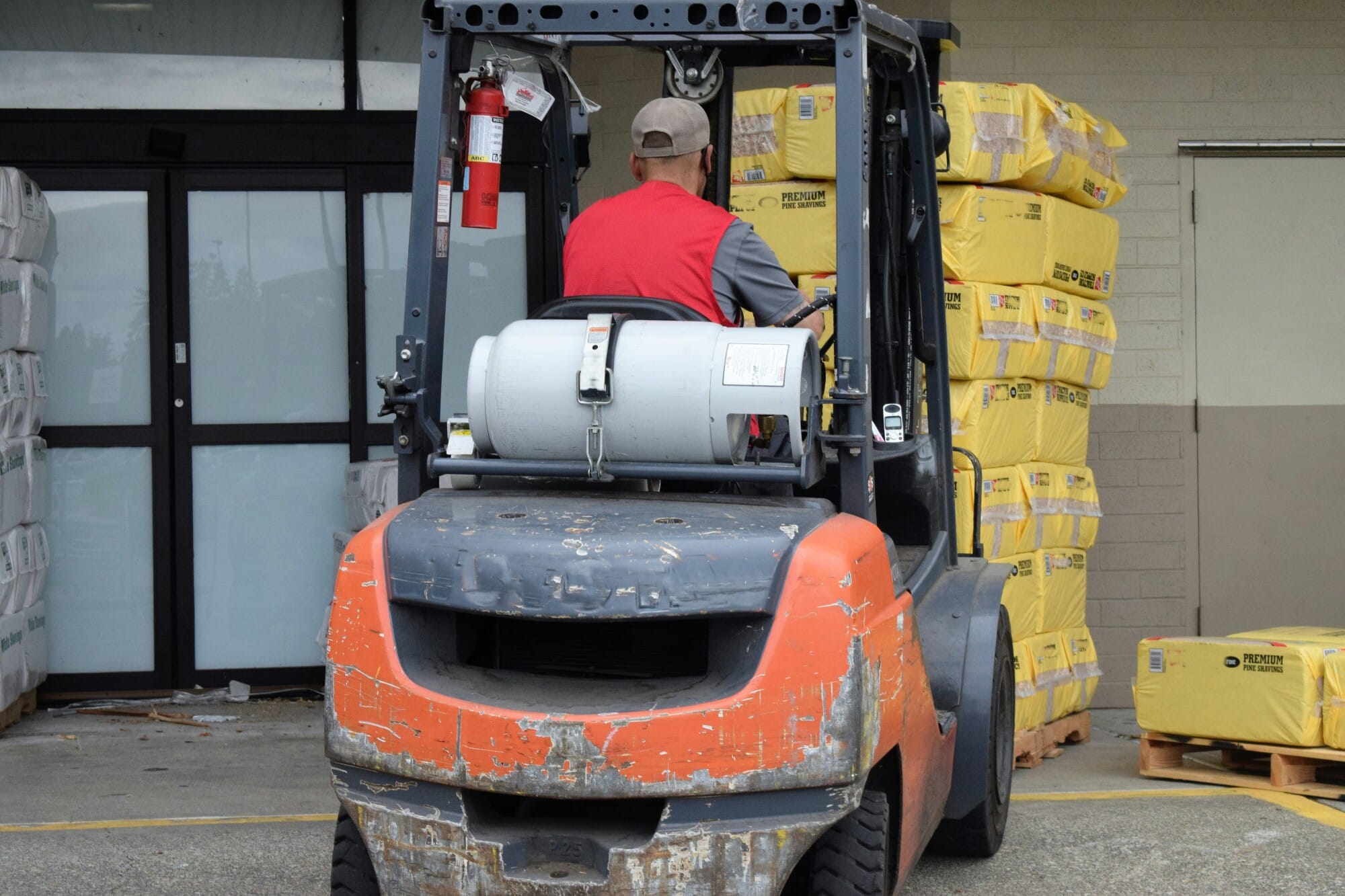You would be hard-pressed to find someone who does not know what a forklift is. That’s because it’s one of the most commonly used pieces of equipment in construction sites and warehouses everywhere.
There are lots of different types of forklifts intended for distinct purposes. Having the right forklift dimensions is essential to being able to complete projects in an effective, efficient, and safe manner.
If you are planning to rent a forklift, keep reading. This article will give you all the information you need about forklift sizes so you can choose the right one for your project.
Forklift Dimensions
The first and most important thing to note is that any given forklift will have different lift capacities based on load distribution. Basically, the closer the load center is to the mast, the more the forklift can hoist. Said another way: lift capacity diminishes with the wider (and farther from the mast) the load you are lifting gets.
There are other factors to consider when settling on forklift dimensions as well. The first is the maximum forklift lift height needed.
“Free fork height” is the distance between the floor and the forks before you begin to extend the mast. “Free fork height” is the distance between the floor and the top of the mast before it extends. These measurements are important for determining forklift sizes for basic maneuvering around the job site.
“Maximum fork height” is the highest possible height the forks can extend upwards. The “overall raised height” is the highest point that the material will reach from the ground.
Having all of these limits and requirements handy when renting a forklift is vital. It can help rental personnel determine which lift is the best one for the job.
Other Considerations
Beyond forklift sizing, there are a few other factors to look at when selecting the right equipment for your project. The main one is capacity.
Going with a lift that is too big is overkill and likely will sacrifice fuel efficiency and maneuverability. One that is not powerful enough will not be able to handle the job and could be dangerous to use. When selecting a forklift based on capacity, the important thing is to consider the heaviest possible load you need it for, not just the average.
The other factor to consider is maneuverability. Specifically, consider any space restrictions or terrain challenges the equipment might face.
For warehouses with narrow aisles or tight turn-around areas, you will want to choose the smallest forklift possible that still has adequate lift capacity. If you will be transporting materials over unstable, uneven, or slippery surfaces, you might consider one with heavy-duty tires with adequate traction to ensure optimal performance and workplace safety.
Find Forklift Rental Near You
Now that you understand how to select the right forklift dimensions for your material handling needs, you can be sure you have the right equipment for the job. A licensed dealer can further assist in you selecting the appropriate forklifts for rent.
Superior Industrial Products is an independent provider of industrial materials handling equipment. We offer forklift rental and sales and a variety of forklift parts and accessories. Take a look at our online inventory or reach out to us for assistance.

